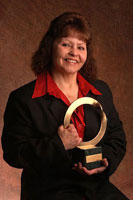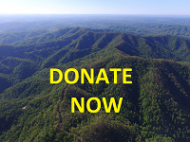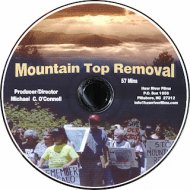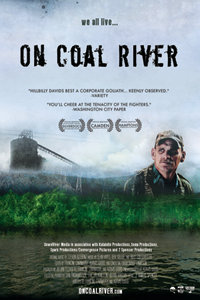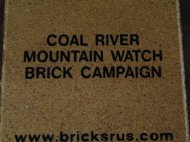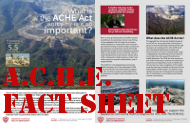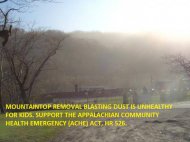
Mountaintop Removal Public Health Hearing Update
Jun 2, 2017
On May 23, Coal River Mountain Watch members and friends participated in the public meetings on health impacts of surface mining held by the National Academies of Sciences, Engineering, and Medicine at Chief Logan Conference Center in Logan, WV. First, there were three “open session” panels testifying to the NAS committee: state agencies, coal industry, and environmental groups Coal River Mountain Watch with our friends from Ohio Valley Environmental Coalition and WV Highlands Conservancy. The evening session was a town hall forum. West Virginia Dept. of Environmental Protection, the WV Coal Association, and their supporters provided their alternate version of reality. During the town hall forum, one coal supporter said to the scientists, "If coal is making people sick, why am I not sick? Coal is a natural mineral that comes out of the ground--how can it be bad for our health?” We did our best to provide actual facts, including photos of mountaintop removal dust clouds coming down into communities. Read on for more sordid details. 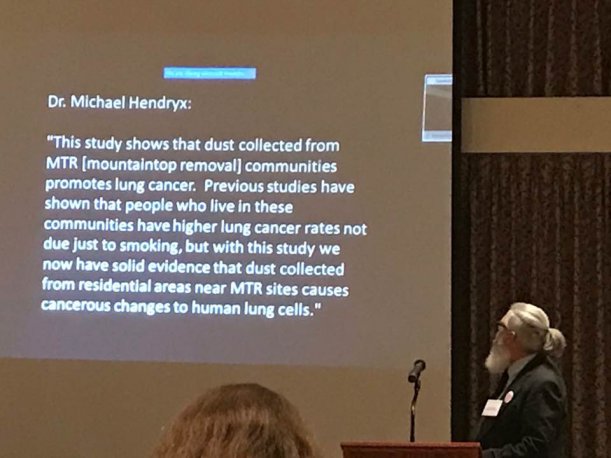 Photo by Wendy Johnston
Photo by Wendy Johnston
Some of the news coverage is here and here. WVDEP lived up to expectations, providing half-truths and evading questions. The WVDEP air quality spokesman stated that WVDEP monitors air quality in accordance with their EPA-approved program. He mentioned 22 air quality monitors throughout the state, but, when pressed, admitted that the only one close to surface mining was in Beckley but was removed in 2015. WVDEP didn’t know of any health complaints, and misinformed the committee about what happens when a citizen has a complaint about blasting or blasting dust. They based their contention that blasting has no off-site impacts on a two-week study they commissioned in Clear Fork. They didn’t mention that they spent $250,000 for the snapshot study or that the monitor sites were upwind of the blast sites. At least, they were upwind according to weather data from nearby cities. However, the study claims that the wind direction at the monitor sites generally blew in the opposite direction to the prevailing winds in the surrounding area.
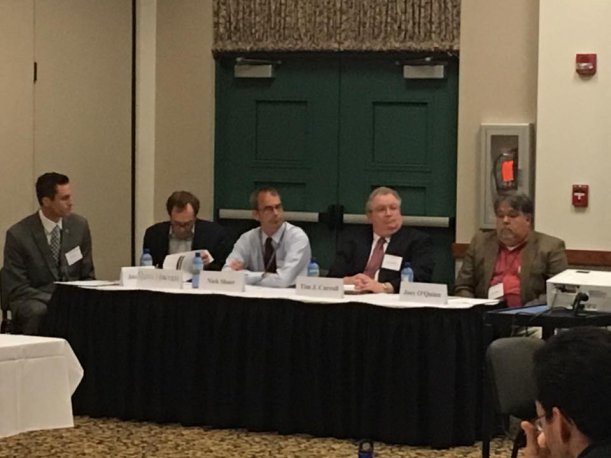 The state agency panel: the four on the left are from WVDEP, one on the right from VA. The VA spokesperson was better able to answer questions and provide data. The WVDEP folks were more of a "see no evil, hear no evil, speak no evil" display.
The state agency panel: the four on the left are from WVDEP, one on the right from VA. The VA spokesperson was better able to answer questions and provide data. The WVDEP folks were more of a "see no evil, hear no evil, speak no evil" display.
WVDEP mentioned the thousands of water samples taken beneath mine sites, but failed to mention that the federal EPA had to step in and issue record fines against Massey Energy and Alpha Natural Resources for thousands of violations that the WVDEP missed. They also omitted the fact that two independent lab employees went to jail for falsifying water tests. When asked what is actually tested for in water, it took about four attempts before they actually listed some of the minimum pollutants tested for. They finally admitted that they don’t test well water unless it’s requested, and that they don’t test for lead, arsenic, cadmium, or other contaminants commonly associated with coal mining. They said there is no compilation of well water test data. They said they knew of no compilation of citizen complaints, how many complaints there are in a year, what citizens complain about, or what the outcomes are. However, we received such a list from WVDEP a few months ago.
The WV Coal Association speaker blamed the downturn in WV coal not on fracking (as most experts do) but on the scrubbers installed in coal-fired power plants that allow cheaper coal from Indiana, Illinois, Wyoming, and Montana to replace the “cleaner” Appalachian coal. In other words, the technology that prevents acid rain is the culprit. He blamed all the bad health in communities near mountaintop removal on personal lifestyle choices such as smoking and obesity. He also said that coal trucks always leave the site clean and within weight limits, with the occasional exception. But anyone who travels the roads knows that a clean, legal truck is the exception.
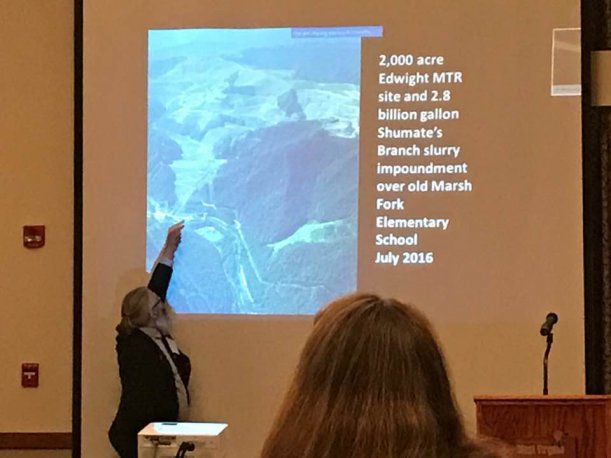 Photo by Wendy Johnston
Photo by Wendy Johnston
During the environmental group panel presentations, CRMW executive director Vernon Haltom rebutted several of the WVDEP and coal association’s statements. He then used a slide show to illustrate the blasting dust clouds that people breathe, photos of friends we’ve lost, and quotes from folks presently suffering from related illnesses. He pointed out that coal companies in WV use the explosive equivalent of 55 MOAB “mother of all bombs” to blast our mountains (45 in Kentucky), that the explosive equivalent of one MOAB is considered a “small blast” by the WVDEP, and that some communities endure the equivalent of at least one MOAB above their homes six days a week. He told the committee about the peer-reviewed studies showing that the dust (mostly silica) comes from the MTR sites, that it is in people’s neighborhoods, and that it causes health impacts such as cancerous changes in human lung cells.
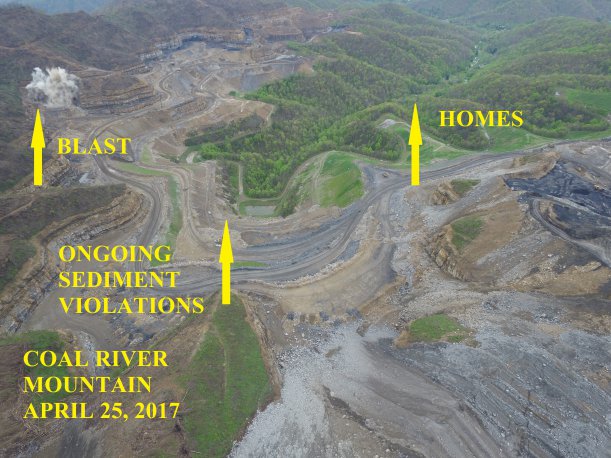
Ohio Valley Environmental Coalition’s (OVEC) executive director Natalie Thompson spoke about the many diseases associated with MTR, including depression and anxiety, with a long list of people who’ve suffered. WV Highlands Conservancy’s Cindy Rank said that this study should have been conducted years ago, and that MTR’s impacts on fish and other living things should have raised a red flag that something seriously wrong could be affecting people.
But wait, there’s more. The town hall forum got really interesting. There were plenty of folks speaking against mountaintop removal and associated coal impacts, such as one resident who said that the WVDEP dismisses her complaints about the 300 dusty coal trucks past her house every day as frivolous. Some of the speakers included CRMW outreach coordinator Junior Walk, intern Jordan Lindsay, and members (and former miners) Chuck Nelson and Michael Whitten. 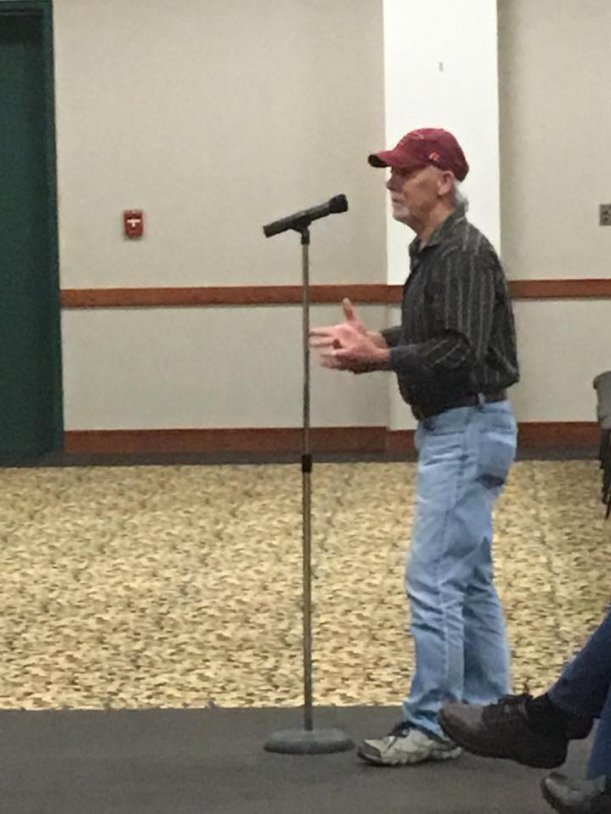
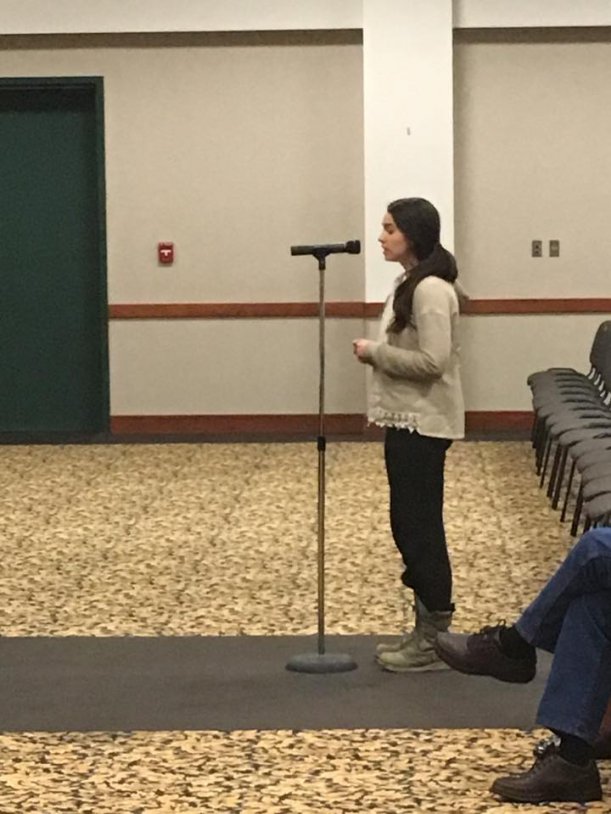 Jordan noted that many of our community members with whom she’s spoken are opposed to the MTR above their homes, disrupting their lives with blasting, noise, and dust, but won’t speak out for fear of retaliation. Others speaking against mountaintop removal included friends from Kanawha Forest Coalition, Appalachian Voices, Keeper of the Mountains Foundation, OVEC, and more. In addition to fear of retaliation, a recurring theme was the sense that no agency cared or would do anything to make anything better.
Jordan noted that many of our community members with whom she’s spoken are opposed to the MTR above their homes, disrupting their lives with blasting, noise, and dust, but won’t speak out for fear of retaliation. Others speaking against mountaintop removal included friends from Kanawha Forest Coalition, Appalachian Voices, Keeper of the Mountains Foundation, OVEC, and more. In addition to fear of retaliation, a recurring theme was the sense that no agency cared or would do anything to make anything better.
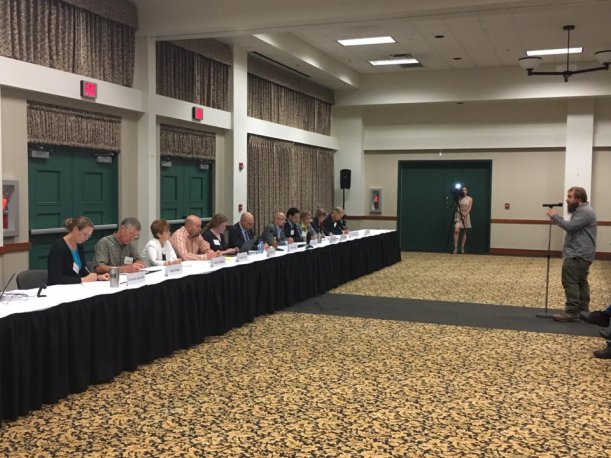
While the pro-people people were speaking, there were a few hecklers on the pro-coal side hurling insults about sexual orientation, career choices, and politics. But the official pro-coal comments ranged from false to bewildering to laughable to troubling. And they deployed a new Orwellian term: instead of “mountaintop removal,” they now call it “mountaintop development.”
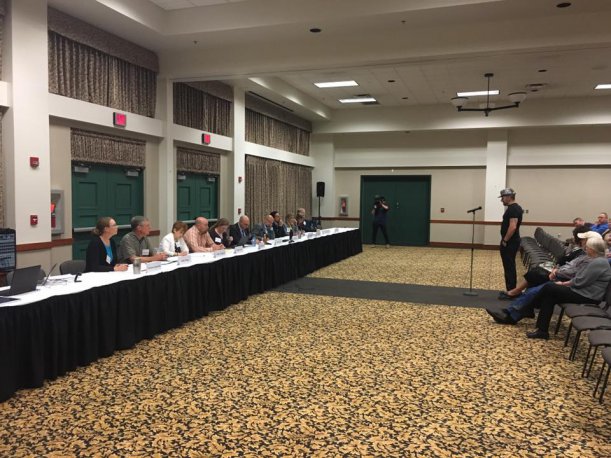
The first pro-coal speaker said that the NAS study is just another attack on coal and that the high cancer rates are from genetic predisposition and lifestyle choices. The next said he's willing to fight and die for coal. Another said, "I have cancer from agent orange and we had a chemical spill where we couldn't drink our water for a week. I'm a crazy son of a gun. I'll fight for coal until the day I die."
WV Delegate Rupie Phillips said that if he makes it to DC, the NAS committee to review health impacts of surface mining wouldn't exist anymore. He said he supported legislation to outlaw "false complaints," based on a previous speaker’s complaints about coal trucks. He said there is cancer across the country and the committee needs to look elsewhere. “How about food preservatives? Is that an issue? I hear kids throughout the country getting cancer at three years old that have never been around a coal mine. Are you looking at that?” Apparently, neither mining nor tobacco causes cancer because his grandfather, a miner and smoker, died at 94 of old age and not cancer. He told the committee, “We will fight you, and we will fight these tree-hugging groups.”
Other comments included “Surface mining brought back the wildlife” and “We played in the coal under the tipple. Coal is the life of WV. They gave cattle growth hormones and it caused young girls to grow breasts. That's what you need to be looking at."
One speaker, however, demonstrated most clearly how badly the coal industry has promoted ignorance and fear. She told the committee of scientists, doctors, and engineers, “"If coal is making people sick, why am I not sick? Why isn’t everyone around here dead from cancer? Coal is a natural mineral that comes out of the ground—how can it be bad for our health? . . . We’re on the brink of World War 3. We need coal to protect us.”
You can send comments here. Please share with the committee your thoughts and feelings about the practice of letting unregulated hazardous dust blow from the mountaintop removal sites into the lungs of people. If you or a family member or friend has suffered the health impacts of mountaintop removal, or you fear for the health of your family, please let them know.

